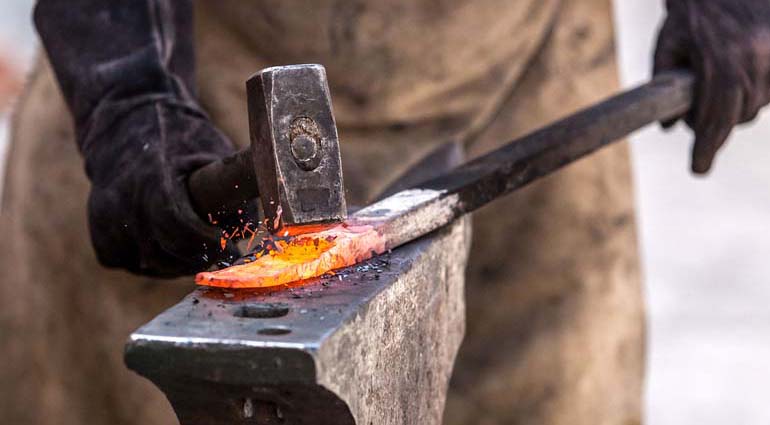Casting or metal working is a very popular manufacturing method that has been used for ages to create more durable, versatile products to bring more convenience to human life. With the evolution of time, processes have become extremely technical, with machines and computers controlling the entire process. For those industries ERP systems (Syte Consulting Group provides a similar tech) prove extremely essential to organize the workflow and improve the speed of the entire process. Although there are many traditional casting professionals who have been carrying on the same for generations in their family, it has essentially been replaced by modern technology and machinery. Some traditional casting techniques include lost-wax casting, sand casting and plaster mold casting. In this article, we’ll cover only those techniques that are widely used nowadays.
The casting of metal is a process that is incredibly versatile and flexible and can be used for a huge variety of applications. In general, aluminum castings are used in the ‘as cast’ condition. However, there are certain applications for which higher mechanical properties are needed or even different properties that the ‘as cast’ material cannot provide.
Casting requirements vary by industry and casting type. These special characteristics can include ductility, toughness, and resistance to abrasion, as well as the composition of the metal.
Most of these properties can be added to metal by heat-treating the casting (with the help of heat treatment companies) –a series of extreme temperatures and fluctuations that improve the materials’ mechanical properties.

A little introduction to casting
Casting is a manufacturing process that has been used for mass production for thousands of years. In casting process, molten metal is poured into a specific mould to create a new object. The most common casting products include but are not limited to water hydrants, decorative hardware, gears, precision machinery, value parts, plumbing parts, firefighting equipment, bronze plague, electrical hardware, and other industries. After casting has been used to create the main body of these objects, they are often refined on machines like these metalworking lathes. This adds details to the pieces so that they can be used for their specific purposes.
Different casting processes
The following casting methods are quite common. Let’s take a look at them:
